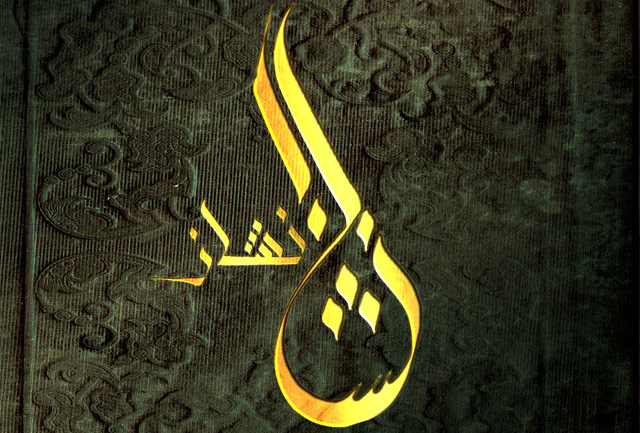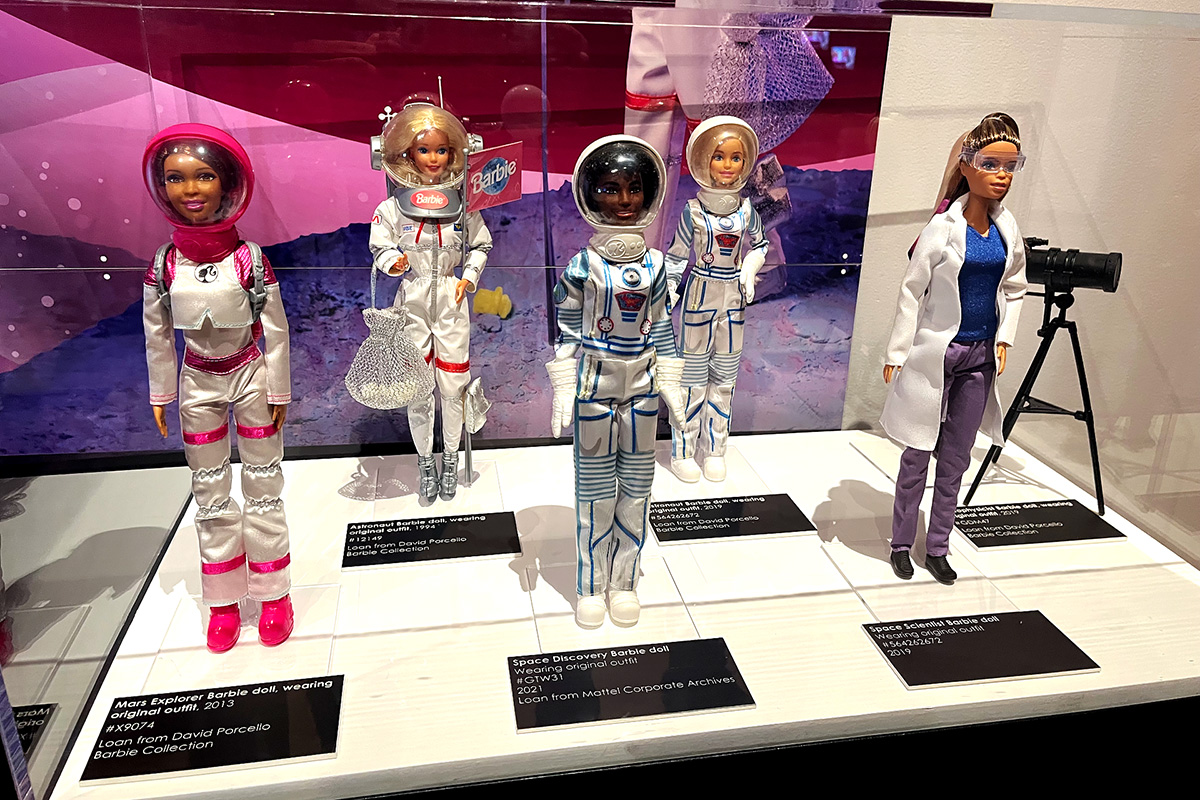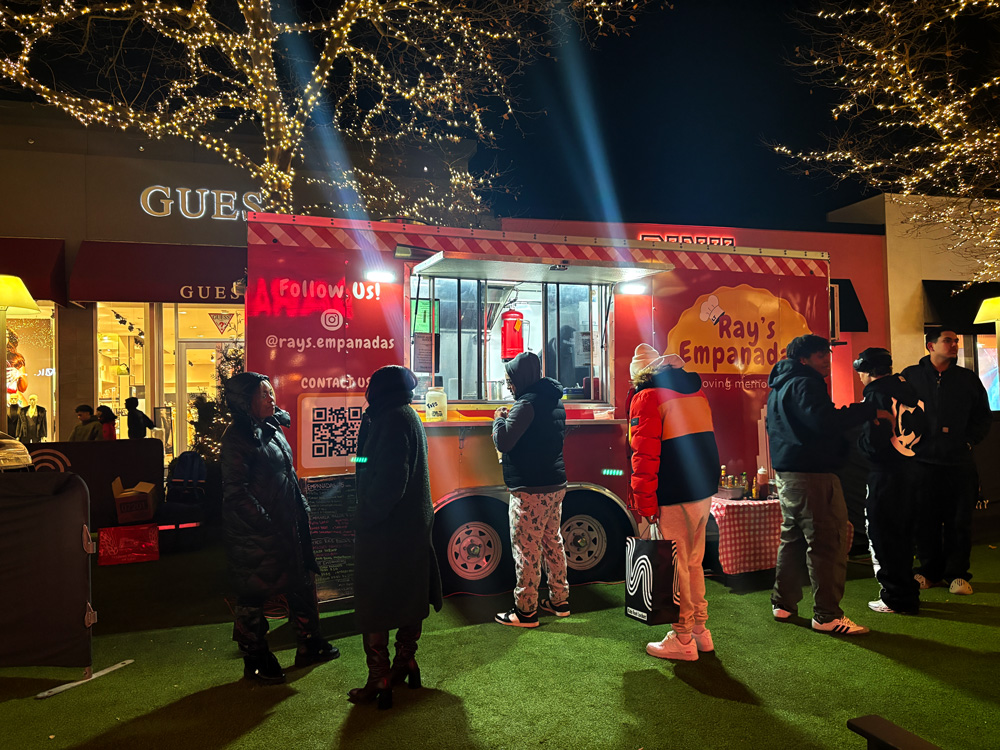
By Josiah Omotosho
Brian Prunka does not believe in dissonance.
“Music is music,” he insists. “Take away the things that separate, and it’s still music.”
Prunka is the lead composer for Nashaz, a Brooklyn-based band that plays an eclectic combination of jazz and traditional Arabic music.
WNYC’s New Sounds listeners voted the group’s eponymous album as one of the top 10 of 2013 and the band is steadily garnering a following for its distinctive musical sound. Nashaz performed at the Bronx Art Space on October 10, alongside an art exhibition “In-Between, Real and Digital” by Puerto Rican artist Lionel Cruet.

The concert saw a turn out of art and music enthusiasts, intrigued by the Arabic jazz which Prunka says he was inspired to create after he stumbled across a 1958 record by Sudanese bassist Ahmed Abdul-Malik. “Abdul-Malik lived in Harlem and he convinced a record company to let him combine jazz and Arabic music,” says Prunka. “The record was called Jazz Sahara and it began a tradition of bringing jazz into different genres.”
It is a tradition that Prunka continued in his hometown New Orleans before eventually moving to Brooklyn, where he created an instrumentalist band that came to be called Nashaz. It is comprised of members from North America and Europe who play a mix of African-American and Middle Eastern music on bass, oud, percussion, trumpet, and saxophone.
Prunka calls the multicultural mix of sound a “celebration of humanity.”
“We have labels and names that separate us and that allows cultures to thrive, but in the end, we’re all human,” says Prunka. “That’s why I don’t think our music is strange at all. It’s beautiful.”
That’s not to say that the band doesn’t have a sense of humor about its curious musical sound.
“The word ‘nashaz’ means ‘out of tune’ or ‘unmusical’,” Prunka explains, smiling. “One of my teachers from UCLA, A.J. Racy, defines it as ‘aesthetically offensive.'” Prunka pauses for a laugh. “Still love that.”

Aesthetically offensive or not, one thing Nashaz’s style of music can’t be called is dull and the Bronx audience was receptive.
“There’s such energy in the music,” Prunka says. “There’s rhythmic interplay. There’s improvisation, there’s personality. You could tell the audience was enjoying it. We were communicating through music and they were involved — participating with their ears. That’s how I’d describe it.”








No comments